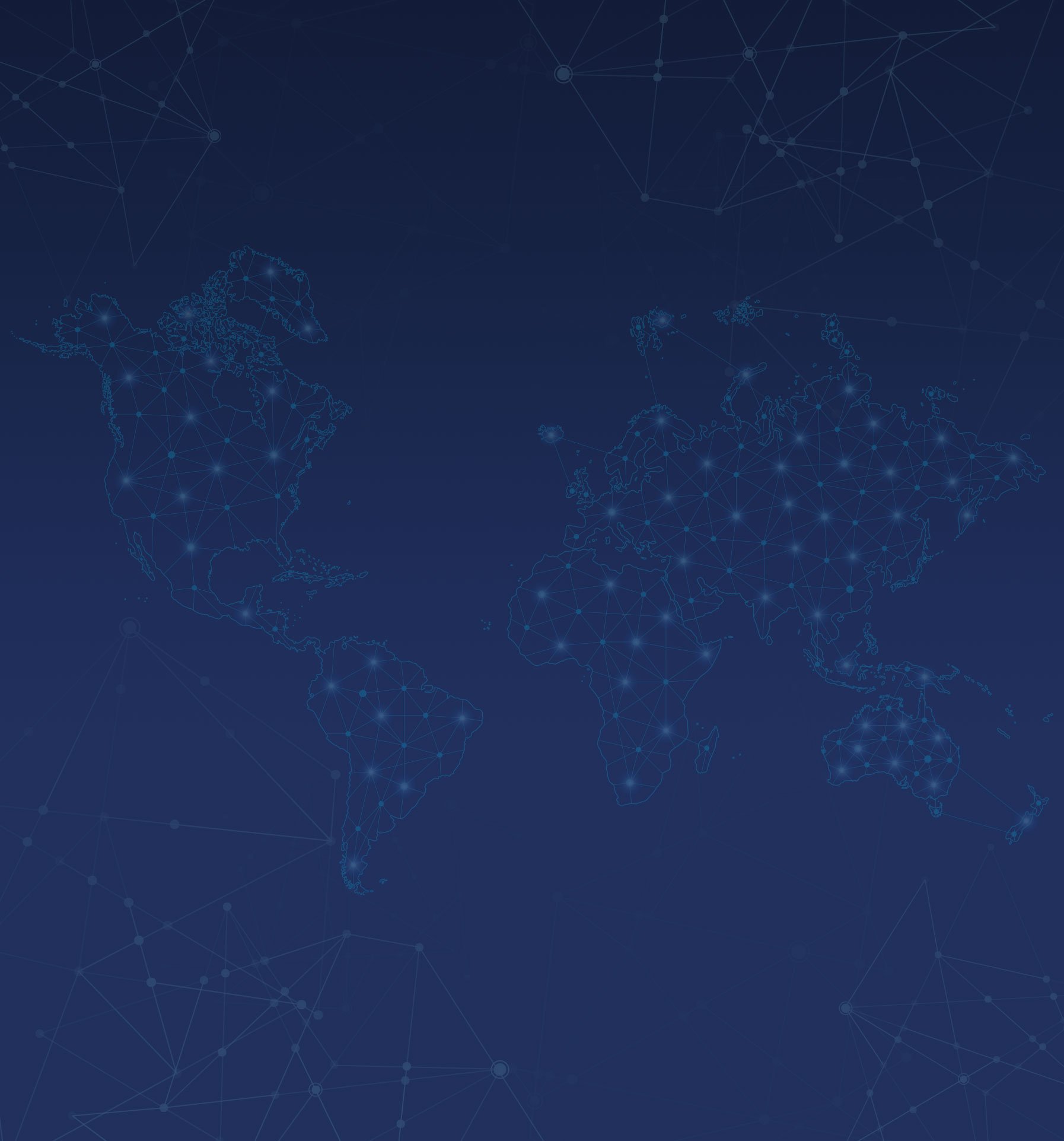
Social and Environmental Compliance
Product-level mapping and traceability workflows aligned with US Customs Importer Guidance
Supplier Discovery and Supply Chain Mapping
A secure supplier portal that collects first-hand supply chain mapping data backed by an expert team of international outreach experts. Integration with product-level data for quick and easy traceability of every Article and SKU. Automated supply chain mapping visualizations updated in real time.
Corroborating Data
Collect company- and product-level documents to validate the mapped supply chain and the practices of your suppliers’ suppliers, all in one easy-to-search database machine-readable powered by AI.
Risk Assessment
A comprehensive scan of your entire supply chain for risks and potential risk, reported in real time by severity and allowing you plenty of time to validate and correct.
Corrective Actions
Record any errors, omissions and corrective actions for a secure record that satisfies reasonable care and established a bulletproof social compliance audit trail of your due diligence efforts.
Reporting
On-demand reports for all shipments, products, suppliers and raw materials, for download and internal use or to share with external stakeholders.
Find out More
FAQs
-
People have been mapping supply chains as long as they’ve been making maps. But traditional maps only provide a summary view - they don't show how supply chains change in real time. Modern supply chain mapping is the process of engaging across companies and suppliers to document the exact source of every material, every process and every shipment involved in bringing goods to market. Accurate supply chain mapping only became possible with the rise of online maps and the social web. The first online supply chain mapping platform was developed at the Massachusetts Institute of Technology in 2008 (the underlying open source technology is the basis for Sourcemap). Read More
-
The concept of supply chain transparency was virtually unknown 15 years ago, yet today it commands the attention of mid- and senior-level managers across a broad spectrum of companies and industries.
The reasons for this increased interest are clear: Companies are under pressure from governments, consumers, NGOs, and other stakeholders to divulge more information about their supply chains, and the reputational cost of failing to meet these demands can be high. For example, food companies are facing more demand for supply-chain-related information about ingredients, food fraud, animal welfare, and child labor. Less clear, however, is how to define transparency in a supply chain context and the extent to which companies should pursue it: an MIT study that mapped definitions of supply chain transparency related to labor practices in the apparel industry found vastly different definitions across organizations.
-
Companies are under increased pressure from governments and regulators to ensure that their products are compliant with human rights and environmental standards. The only way for companies to ensure their supply chains are "clean" is by mapping their supply chains down the raw materials using auditable, verifiable data.


